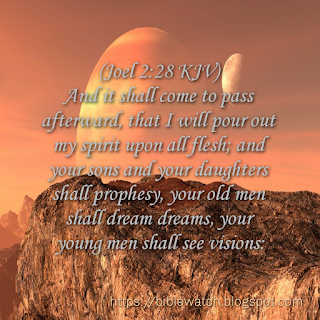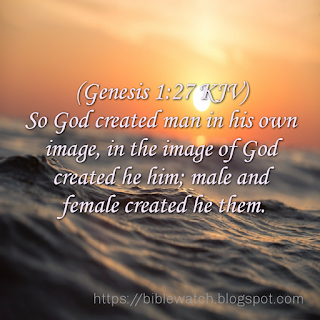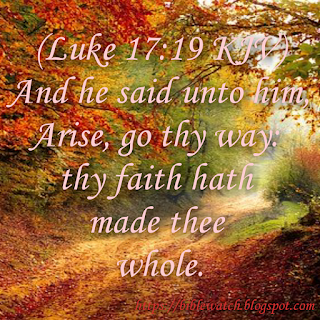THE RIGHT HAND OF GOD IS NOT THE SAME AS THE RIGHT-HAND SIDE OF GOD.
Many people are asking similar question because they have had this erroneous picture in their mind that when the bible says that Jesus sits at the right hand of God it was taking about the right-hand side of God. Notice that the bible never said the "right-hand side of God". The Right Hand of God is not the same as the Right-Hand Side of God. The bible was not talking about the sitting arrangements of their chairs or being in a certain location. That is probable the reason why there's no such place mentioned in the bible as the "left hand side of God".
The Right Hand Is Symbolic
Biblically, the right hand symbolizes authority, power, and strength (Genesis 48:14 - 19, Exodus 15:6, Isaiah 23:11, 41:10, 45:1, Revelation 1:16 - 17 etc). Like other figurative language, the “right hand” and “arm” are often symbolic, as we can see from many examples:
“I have set the LORD always before me; Because He is at my right hand I shall not be moved.” (Psalm 16:8).
If we think of God spatially, it doesn't make sense that He is both always in front of us and always at the right hand, and that we never move. But this passage is not about the outward appearance, but the inward reality: God is in always in front of me in the sense that I am always thinking of Him, and always at my right hand in the sense of always giving support and strength.
“Behold, the days are coming that I will cut off your arm and the arm of your father’s house, so that there will not be an old man in your house.” (1 Samuel 2:31).
These words to Eli did not mean the Lord would literally cut off his arm, but that Eli and his family would lose their strength.
Other passages are obviously symbolic:
“...Whose mouth speaks vain words, and whose right hand is a right hand of falsehood.” (Psalm 144:8)
“Length of days is in her right hand, In her left hand riches and honor.” (Proverbs 3:16)
“By the word of truth, by the power of God, by the armor of righteousness on the right hand and on the left....” (2 Corinthians 6:7)
“O LORD, be gracious to us; We have waited for You. Be their arm every morning, Our salvation also in the time of trouble.” (Isaiah 33:2)
The Bible is especially symbolic when speaking of the hand or the arm of God. Looking at passages in the Bible, we can see that God’s “right hand” is a metaphor for God’s power.
The connection with power is obvious:
“You have a mighty arm; Strong is Your hand, and high is Your right hand.” (Psalm 89:13)
Moses speaks of “the great trials which your eyes saw, the signs and the wonders, the mighty hand and the outstretched arm, by which the LORD your God brought you out.” (Deuteronomy 7:19).
Many of these passages are clearly metaphorical. For example:
“Your right hand, O LORD, has become glorious in power; Your right hand, O LORD, has dashed the enemy in pieces.” (Exodus 15:6)
This was speaking of the drowning of the Egyptians in the Red Sea. No one literally saw a big arm reaching down from heaven and grabbing the Egyptians. But they did see the Lord’s power at work.
“For they did not gain possession of the land by their own sword, Nor did their own arm save them; But it was Your right hand, Your arm, and the light of Your countenance.” (Psalm 44:3)
Again, this refers not to a literal arm reaching down from the clouds, but to the Lord's power working in people and nature to help them conquer the land. Other passages are obviously symbolic, almost as if the right hand is a person:
“And Your right hand shall teach You awesome things.” (Psalms 45:4)
“Your right hand is full of righteousness.” (Psalm 48:10)
“Awake, awake, put on strength, O Arm of the LORD!” (Isaiah 51:9)
“Behold, the Lord GOD shall come with a strong hand, And His arm shall rule for Him.” (Isaiah 40:10)
We speak metaphorically in our everyday language. A “right hand man” is not someone who is always at a person’s right hand side. Rather it means someone who is a chief assistant or strong supporter. To sit at the right hand of someone is symbolic of being very close to them, indispensable, useful, and honored, like the youngest child of Jacob, named Benjamin or “Son of the Right Hand.”
At the end of the Gospel of Matthew Jesus said to His disciples, “And Jesus came and spoke to them, saying, “All power has been given to Me in heaven and on earth.” (Matthew 28:18) In the Gospel of Mark the same idea is stated metaphorically: “After the Lord had spoken to them, He was received up into heaven, and sat down at the right hand of God.” (Mark 16:19) Being at the right hand of God is taking on the power of God, not being in a certain location.
Jesus had predicted that some would see Him at the right hand of the power of God. (Luke 22:69; Mark 14:62; Matthew 26:64). One who saw this was Stephen, who just before his death cried out, “Look! I see the heavens opened and the Son of Man standing at the right hand of God!” (Acts 7:56) These passages mention seeing Jesus, but do not describe any other God or mention seeing God standing beside Jesus. This is because “No one has seen God at any time. The only begotten Son, who is in the bosom of the Father, He has manifested Him.” (John 1:18, 1 John 4:12) The Father is invisible: “You have neither heard His voice at any time, nor seen His form.” (John 5:37; 6:46) But in Jesus, the Divine Soul has taken on a visible, Divine, Human form. Christ is called the “image of the invisible God” (Colossians 1:15; 2 Corinthians 4:4) and “the form of God. (Philemon 2:6) As Paul said, we see “the glory of God in the face of Jesus Christ,” (2 Corinthians 4:6). We are not to think of Jesus beside another person who is also God, but to think of the Father as being within Jesus, for He says, “the Father dwells in Me” (John 14:10). “In Him dwells all the fullness of the Godhead bodily.” (Colossians 2:9).








Comments
Post a Comment